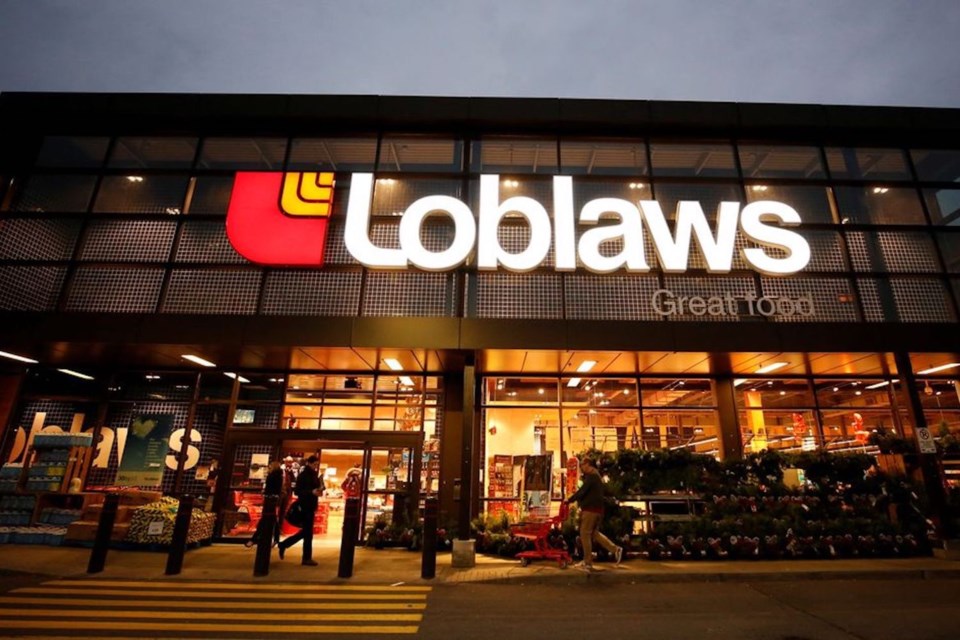Geographically and historically, British Columbia represents perhaps the best opportunity on the planet to make money in commercial real estate. Mortgage rates are at 100-year lows, the housing market is roaring, B.C.’s retail spending leads the country, and the industrial sector is the strongest in Canada by nearly any metric.
The daunting price of B.C. real estate, however, convinces many smaller investors that they are locked out of the market forever.
But, as our series on real estate investing explains, even nascent, non-accredited investors can secure a profitable piece of the real estate action through pooled investments. Consider it the slow and steady route to owning property of your own.
In this third of our four-part Western Investor series, we look at diversifying and profiting in the market through real estate investment trusts (REITs).
A year ago as COVID-19 slammed into Canada’s property market, the benchmark Canadian REIT index (S&P/ TSX Capped REIT Index) immediately plunged 46 per cent from its February 2020 highs, wiping out almost half the index’s value within weeks.
However, as of March 30, 2021, the index had recovered 27 per cent of its value, posting the highest level in the past 12 months. Some analysts forecast that, overall, Canadian REITs will deliver returns of 10 to 12 per cent in 2021.
Others,including Western Investor, expect that returns of 15 per cent to 20 per cent are possible for REITs weighted toward multi-family rental properties, the industrial sector and, perhaps surprisingly, retail assets.
The following are some REIT recommendations.
In the multi-family sector, Canadian Apartment Properties REIT (CAPREIT) is the largest, with about 60,000 apartments across Canada, 9 per cent of them in B.C., notably in Metro Vancouver and Victoria. CAPREIT has a 97.5 per cent rental occupancy and its normalized funds from operations – NFFO, a key metric – increased 14.7 per cent in 2020 to $389 million. On March 30, 2021, it was trading at $54 per unit, up 35 per cent, year-over-year. It is paying an annual dividend of $1.38 per unit. (For instance a $40,000 investment a year ago would have returned approximately $14,000 in unit value, plus $1,380 in dividend payments.)
A multi-family REIT option is InterRent REIT, which, this January in a joint venture with Crestpoint Real Estate Investments, acquired a prime 15 rental-property portfolio in Vancouver for $292.5 million.
Last year set a record for industrial asset sales volume in B.C. with $1.5 billion in transactions, and the market is characterized by a very tight 1.2 per cent vacancy, rising lease rates and ascending sale prices. Most B.C. industrial assets, however, are privately owned and traded.
Choice Properties REIT owns three industrial properties in Metro Vancouver; Artis REIT has a share of two industrial sites; and H&R REIT holds 10 industrial properties in B.C., including four in Metro Vancouver and one in Victoria. H&R REIT has seen its unit value nearly double since March of 2020 and was trading at $14.26 per unit on March 31, 2021.
Dream Industrial REIT holds premier industrial assets in Canada, particularly on the Prairies, and in the U.S. and it has benefited from the rise in ecommerce warehouse and distribution demand. The company is valued at $2.3 billion, units are trading in the $13.40 range and it is paying a 70 cent-per-unit annual dividend.
The retail real estate sector was hammered by the pandemic but there are signs of recovery. B.C., for instance, posted the highest year-over-increase in consumer sales in Canada this year. Choice Properties REIT holds 11 per cent of its 573 retail-property portfolio in B.C. and grocery giant Loblaws is its major tenant. Choice is a diversified REIT with industrial, retail and office properties. It trades in the $14 per unit range and pays an annual dividend of .74 cents per unit.
REITs are considered a fairly secure place to invest in real estate with modest risk, especially in the current low-interest rate environment.
Pick a REIT and a sector you are comfortable with and let its annual growth and dividends help put you onto the path towards owning real estate of your own.



